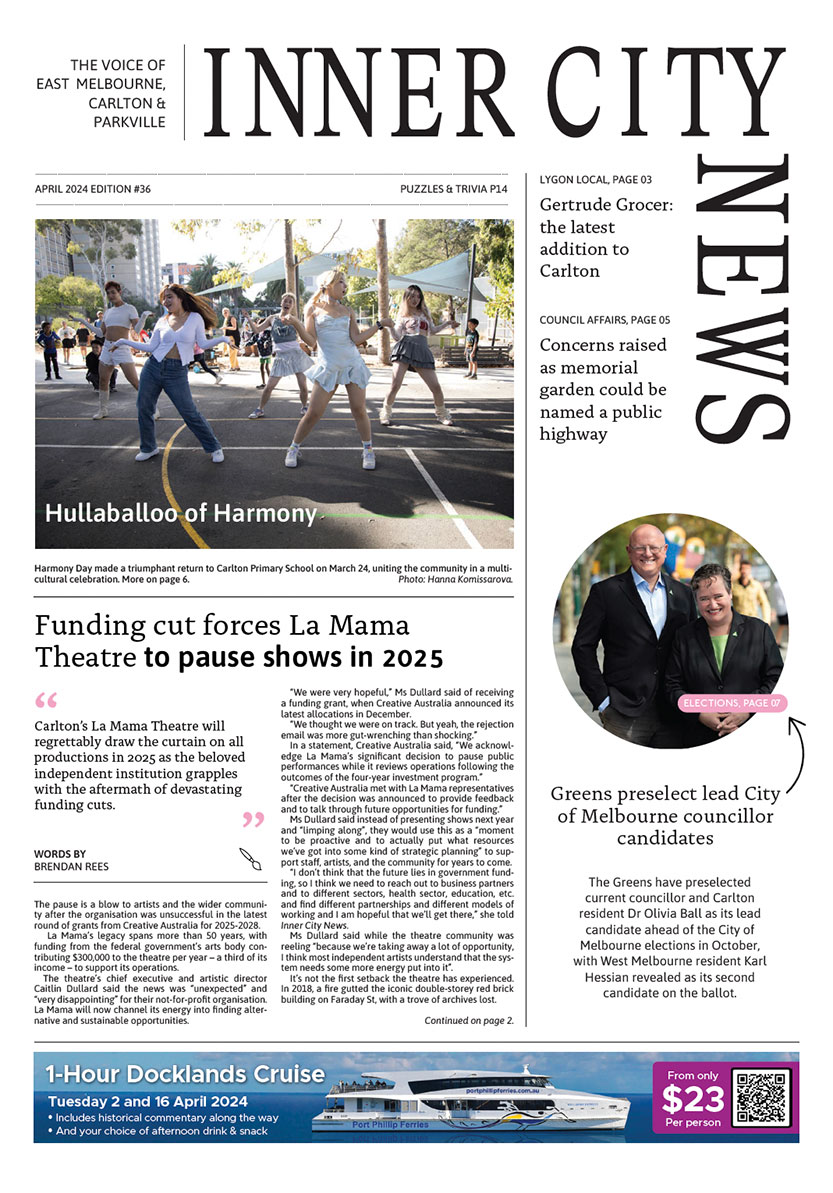American soldiers in Royal Park
During the Second World War, Royal Park in Melbourne became a massive US Army base, which at its peak housed thousands of American troops.
America entered the war in December 1941 when the Japanese attacked Pearl Harbour. The Philippines, which had been run by the Americans, was then invaded and occupied by the Japanese army. General Macarthur who headed the US forces there was evacuated to Australia, basing himself in Melbourne. As the Japanese moved further south and closer to Australia, there was a build-up of US forces here in preparation for a counter-offensive.
When he arrived in Melbourne in March 1942, General Macarthur found US forces already well established, with their main presence being in Royal Park. This camp had originally been called Camp Royal Park, but the name was changed to Camp Pell in honour of an American airman, Major Floyd Pell, who had been killed defending Darwin against Japanese bombers. The main street through the camp was called Macarthur Rd, the name by which it is still known.
As well as Royal Park, American troops were accommodated on the Melbourne Cricket Ground and in temporary encampments in Fawkner Park in South Yarra, at the Port Melbourne football ground and in Frankston. A number of buildings, hotels and schools in Melbourne were also requisitioned for use by the US military, including University High School in nearby south Parkville.
The American presence in Melbourne peaked in June 1942 with some 30,000 men stationed in the city. It declined somewhat in August when General Macarthur moved his headquarters north to Brisbane in order to be closer to the fighting front but increased again in early 1943 when US Marines were based near the city.
The American presence sparked alarm from the churches and others who were concerned about illicit sexual activities that might occur between US soldiers and local women. The attraction of the American soldiers was that they were better dressed than most Australian men, had more money, and were better mannered towards women. The saying at the time was that the Americans were “over paid, over sexed, and over here”.
The presence of American soldiers in Melbourne, and in Camp Pell in particular, acquired an ominous overtone. However, when it was found that a soldier from the camp, Private Edward Leonski, had murdered three local women, he was subsequently arrested, tried by an American military court, and hanged in Pentridge Prison.
As the war progressed the American military presence in Melbourne declined. After the war had ended in 1945, a housing shortage led to the Victorian Housing Commission using the huts left over from the army camp as a transit camp for newly arrived migrants.
It was also used to accommodate families that had been evicted from their homes by the Commission’s slum reclamation program. The poor conditions and lack of amenities in Camp Pell meant that it gained a degree of notoriety. By the late 1950s, most of those in the camp had been rehoused in Housing Commission estates. Camp Pell was closed, and the Melbourne City Council embarked on a program of restoring the area to park land with ovals and other sporting facilities
Caption: At Camp Pell in Royal Park in 1942, the US flag is lowered at the end of the day as buglers play the Last Post. (Photo: State Library of Victoria).

Carlton language school championed by Ukrainian refugee




 Download the Latest Edition
Download the Latest Edition